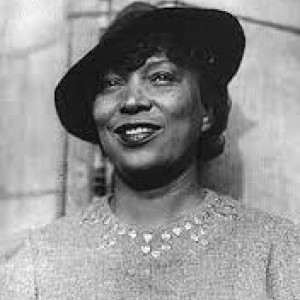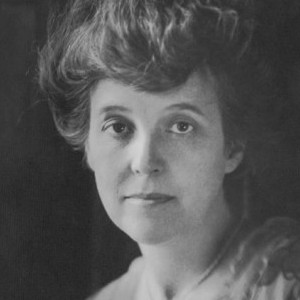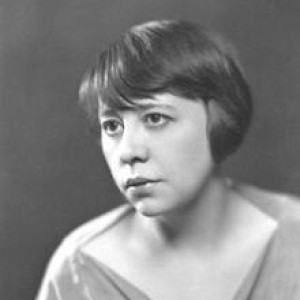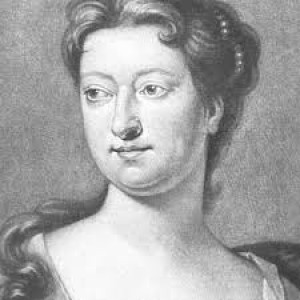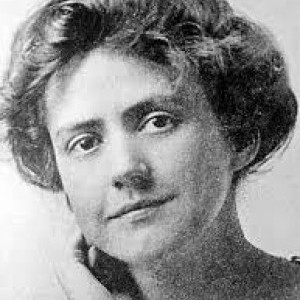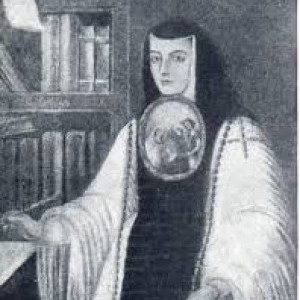The Royal Family (co-written by George S. Kaufman)
About the Play
1927
The first production opened at the Selwyn Theatre in New York City in December, 1927, and ran through October, 1928. The first New York revival, in 1951 at City Center, ran for only 15 performances. The Royal Family was revived at the Helen Hayes Theatre 1975-1976 and won several Drama Desk Awards, an Outer Critics Circle Award, and a Tony Award (Best Direction). A revival in the fall of 2009 at the Samuel J. Friedman Theatre was nominated for many awards and won a Drama Desk and a Tony Award (Costume Design).
10 men, 5 women
Comedy,
Three acts
Published by Samuel French. Also published in 2000 in Three Comedies by George S. Kaufman and Edna Ferber, and in 2004 as part of the collection Kaufman & Co.
Summary
With multiple generations of actors, the Cavendish family rules the Broadway stage. But acting is a time-consuming profession, and the Cavendishes face conflict between their work and other desires. The youngest member of the family, Gwen, announces she wants to leave the stage in order to be married. Her uncle Tony wants to end his career and travel through Europe. Julie Cavendish, who holds the family together, is in the prime of her career. But as Gwen and Tony pursue their desires, she too thinks about the life she could be leading if she stepped away from the stage. Will the Cavendish family disappear from the stage, or will their passion for their work keep them coming back for more?
Background
The partnership between Edna Ferber and George S. Kaufman began in 1924 with the play Minick, a stage adaptation of Ferber’s short story “Old Man Minick.” The show was not very successful, but this may have had to do with a difference in Ferber and Kaufman’s writing styles. They enjoyed collaborating, however, and over the years they became close friends. Kaufman and Ferber worked together four more times between 1927 and 1948. The Royal Family was their second project in 1927, opening simultaneously with the musical based on Ferber’s novel Show Boat.
The Royal Family is widely viewed as a parody of the Barrymore family. Lionel, Ethel, and John Barrymore were very successful on stage and on screen, earning them the nickname “Royal Family of the American Show World.” Ferber and Kaufman denied using the Barrymores as intentional models, although many similarities may be drawn between the fictional Cavendishes and the real-life Barrymores, Ferber admitted to drawing from John Barrymore and his life in Hollywood for the character of Tony. Kaufman asserted that as a whole, the Cavendish family was more related to the real-life Davenports, who were famous in an earlier era than the Barrymores. Ethel Barrymore was offered the role of Julie in the original Broadway production, the character believed to be based on her, and it appeared that the writers were interested in the other Barrymores being involved. However, Ethel was not a fan of the play or of having her family parodied. It is believed she may have wanted to sue Ferber and Kaufman but that she lacked enough evidence to make a claim.
Reviews of the original production were generally positive, as were those of the 2009 revival. Any criticisms seemed more relevant to productions rather than the text, which is entertaining and perceptive about people of the theatre. At the time The Royal Family was written, acting was a profession which could be inherited. The 2009 revival revealed the juxtaposition of acting in the 1920s and acting in today’s world, which is much more competitive.
The Royal Family was adapted for the screen twice: first in 1930 under the title The Royal Family of Broadway, and again in 1977 as a TV movie, which won a primetime Emmy Award.
Atkinson, J. Brooks. “The Play.” New York Times Dec 29, 1927. ProQuest Historical Newspapers The New York Times (1851 - 2006): 26. Accessed July 21, 2016. http://graphics8.nytimes.com/packages/pdf/theater/Royal_1927.pdf.
Brantley, Ben. “Move Over, Darling, the Spotlight Is Calling.” The New York Times, October 8, 2009. Accessed July 21, 2016. http://www.nytimes.com/2009/10/09/theater/reviews/09brantley.html?pagewanted=all.
Kaufman, George S., and Edna Ferber. The Royal Family. New York: Samuel French, 1927.
Kaufman, George S., and Edna Ferber. Three Comedies. Winona: Applause Theatre & Cinema Books, 2000.
Kaufman, George S., with Edna Ferber, Moss Hart, Ring Lardner, and Morrie Ryskind. Kaufman & Co.: Broadway Comedies. New York: The Library of America, 2004.
Murray, Matthew. “The Royal Family.” Accessed July 23, 2016. https://www.talkinbroadway.com/page/world/RoyalFamily.html.
NewYorkTheatreGuide.com. “The Royal Family.” Accessed July 21, 2016.
Rooney, David. “Review: The Royal Family.” Variety October 8, 2009. Accessed July 22, 2016. http://variety.com/2009/film/awards/the-royal-family-2-1200476930/.
Samuel French. “Royal Family, The.” Accessed July 22, 2016. http://www.samuelfrench.com/p/2899/royal-family-the.
About the Playwright

Perhaps less well-known today than in her own time, Edna Ferber was a prolific writer. Her works include twelve novels and eight plays, a selection of novellas and short stories, and two autobiographies. Today, however, her works are largely remembered for their film or stage adaptations. Ferber was born in 1885 in Kalamazoo, Michigan to Jewish parents who operated a general store. As business faltered, they moved among Chicago, Iowa, and Wisconsin. In her travels, she experienced extremes in h…
View Profile
Join & ParticipateTell Us Your Experience



